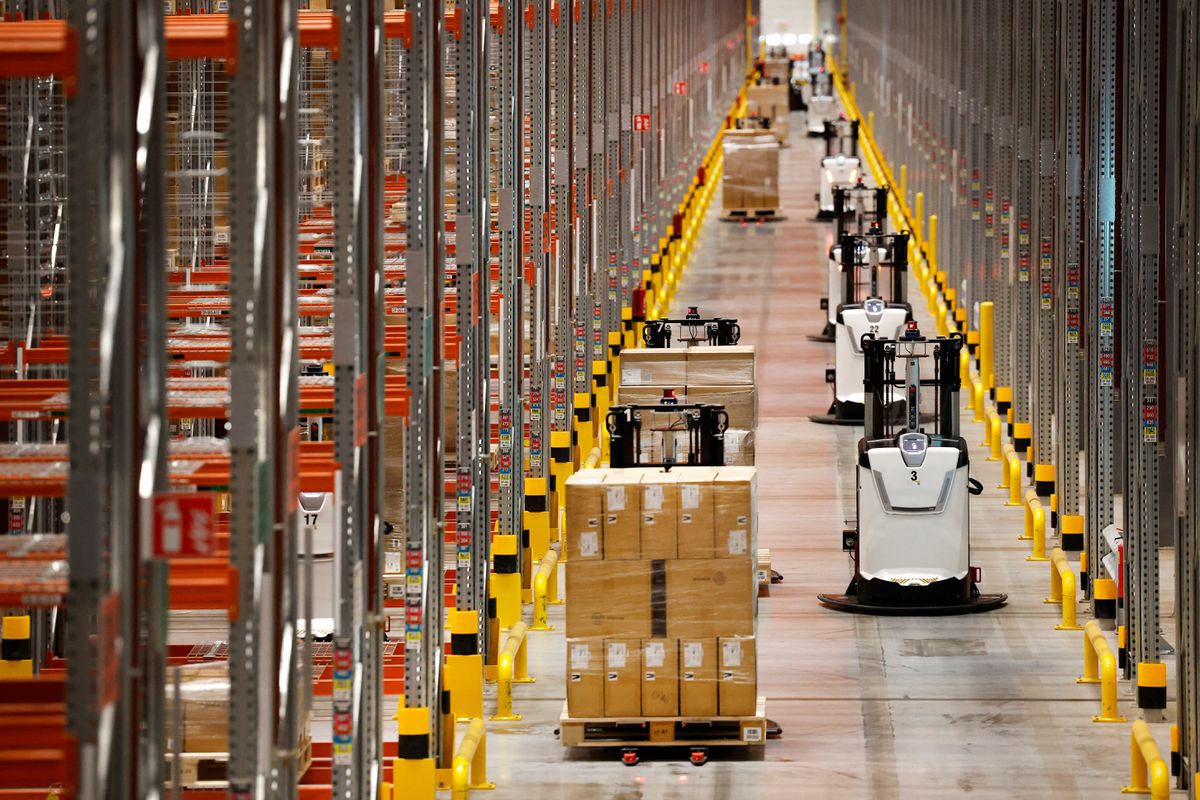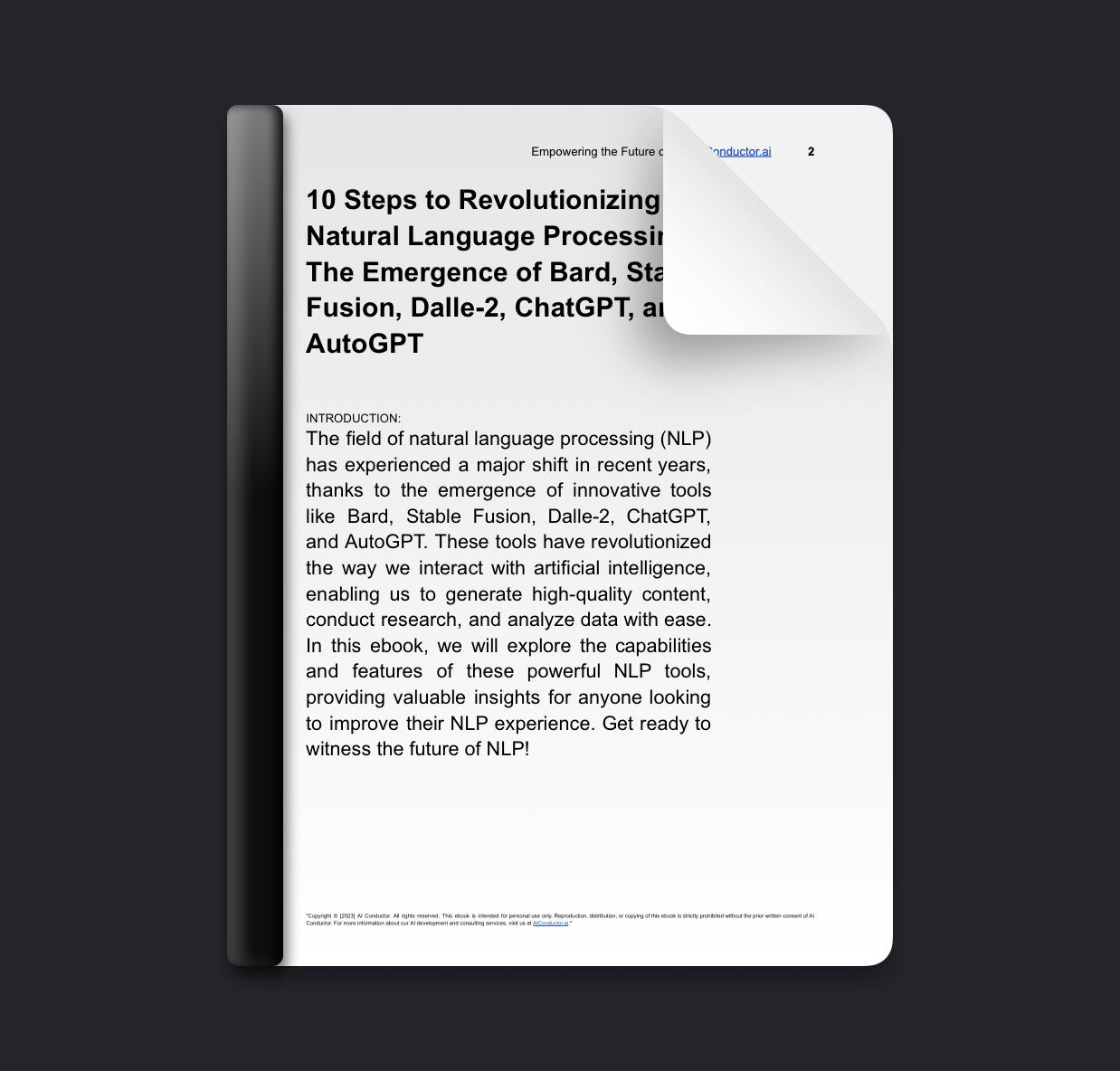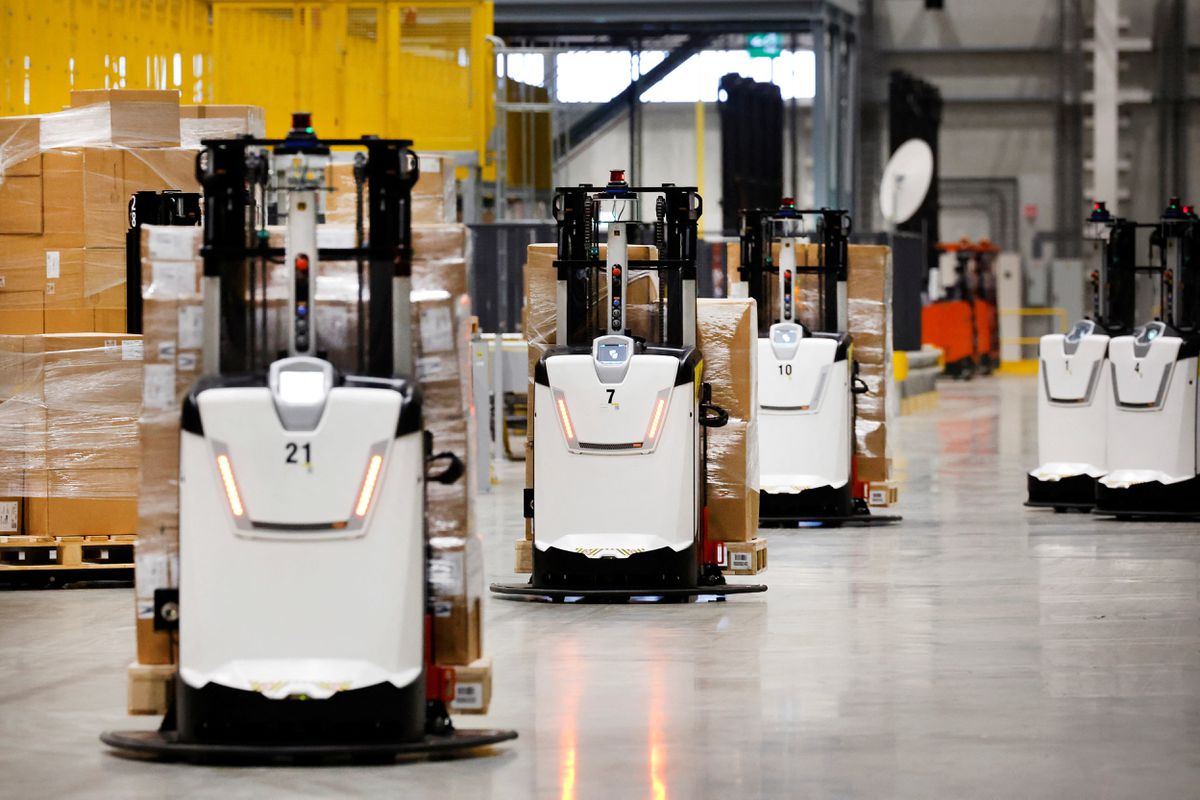We asked:
Will AI be the savior of our economy or the destroyer of millions of jobs?
Simplified Overview:
Retailers are turning to robots to help them combat rising costs. These machines can perform tasks such as restocking shelves and cleaning floors, reducing the need for human labor and ultimately saving money.
Insider Look:
The rapid advancements in technology have continued to revolutionize the way we live and work. Notably, artificial intelligence (AI) has been at the forefront of many of these changes. While the impact of AI on the workforce has been a subject of debate, a recent report by Goldman Sachs is painting a grim picture. The report suggests that over 300 million jobs worldwide could be lost or degraded by AI in the next few years.
The report notes that the sectors most likely to be affected are retail, manufacturing, healthcare, and construction. These industries employ a large number of people globally, and the introduction of AI could lead to job losses, reduced wages, and automation of repetitive tasks.
While AI has been touted as a solution to many challenges, including reducing human errors and increasing efficiency, it also presents several challenges to the workforce. One significant concern is how it will affect the livelihoods of millions of people worldwide. Ironically, AI is designed to increase productivity and make work easier, but it could also lead to mass unemployment.
Moreover, while some people may be retrained and transition into new roles, it may not be enough to accommodate the scale of job losses. This presents a significant challenge to many governments and businesses that will have to be proactive in creating new job opportunities and upskilling their workforce.
In conclusion, the impact of AI on the workforce represents a complex issue, with potential drawbacks and benefits. While the technology is advancing at a fast pace, it's essential to consider its impact on workers, particularly those in vulnerable positions. It's up to governments and businesses to create new job opportunities and invest in reskilling programs to mitigate the effects of AI on the workforce.
As we face these realities, it's critical that we don't lose sight of the immense potential of AI. In the right hands, AI can help us solve some of the world's most pressing issues, from climate change to healthcare. Let us embrace this technology cautiously but also with hope for a better future.
The report notes that the sectors most likely to be affected are retail, manufacturing, healthcare, and construction. These industries employ a large number of people globally, and the introduction of AI could lead to job losses, reduced wages, and automation of repetitive tasks.
While AI has been touted as a solution to many challenges, including reducing human errors and increasing efficiency, it also presents several challenges to the workforce. One significant concern is how it will affect the livelihoods of millions of people worldwide. Ironically, AI is designed to increase productivity and make work easier, but it could also lead to mass unemployment.
Moreover, while some people may be retrained and transition into new roles, it may not be enough to accommodate the scale of job losses. This presents a significant challenge to many governments and businesses that will have to be proactive in creating new job opportunities and upskilling their workforce.
In conclusion, the impact of AI on the workforce represents a complex issue, with potential drawbacks and benefits. While the technology is advancing at a fast pace, it's essential to consider its impact on workers, particularly those in vulnerable positions. It's up to governments and businesses to create new job opportunities and invest in reskilling programs to mitigate the effects of AI on the workforce.
As we face these realities, it's critical that we don't lose sight of the immense potential of AI. In the right hands, AI can help us solve some of the world's most pressing issues, from climate change to healthcare. Let us embrace this technology cautiously but also with hope for a better future.
Key Takeaways:
Story Highlights in 3 words:
Artificial Intelligence, Job Losses, Predictions.
Winners & Losers:
Pros:
1. Increased efficiency: AI can perform tasks much faster and more accurately than humans, leading to increased productivity and efficiency in many industries.
2. Improved safety: AI can be used to perform dangerous tasks, such as working in hazardous environments or handling toxic materials, reducing the risk of injury or death for human workers.
3. Cost savings: By automating tasks that were previously done by humans, companies can save money on labor costs and increase profitability.
Cons:
1. Job loss: As AI becomes more prevalent, many jobs may become obsolete, leading to unemployment and economic disruption.
2. Bias: AI systems can perpetuate and even amplify existing biases, such as racial or gender discrimination, if not designed and programmed carefully.
3. Lack of human touch: While AI can perform many tasks efficiently, it lacks the empathy and emotional intelligence of humans, which can be important in certain industries, such as healthcare or customer service.
Bottom Line:
In response to rising costs, retailers are increasingly turning to robots to improve efficiency and reduce expenses in their operations.

Ref.
Join The Conversation!





